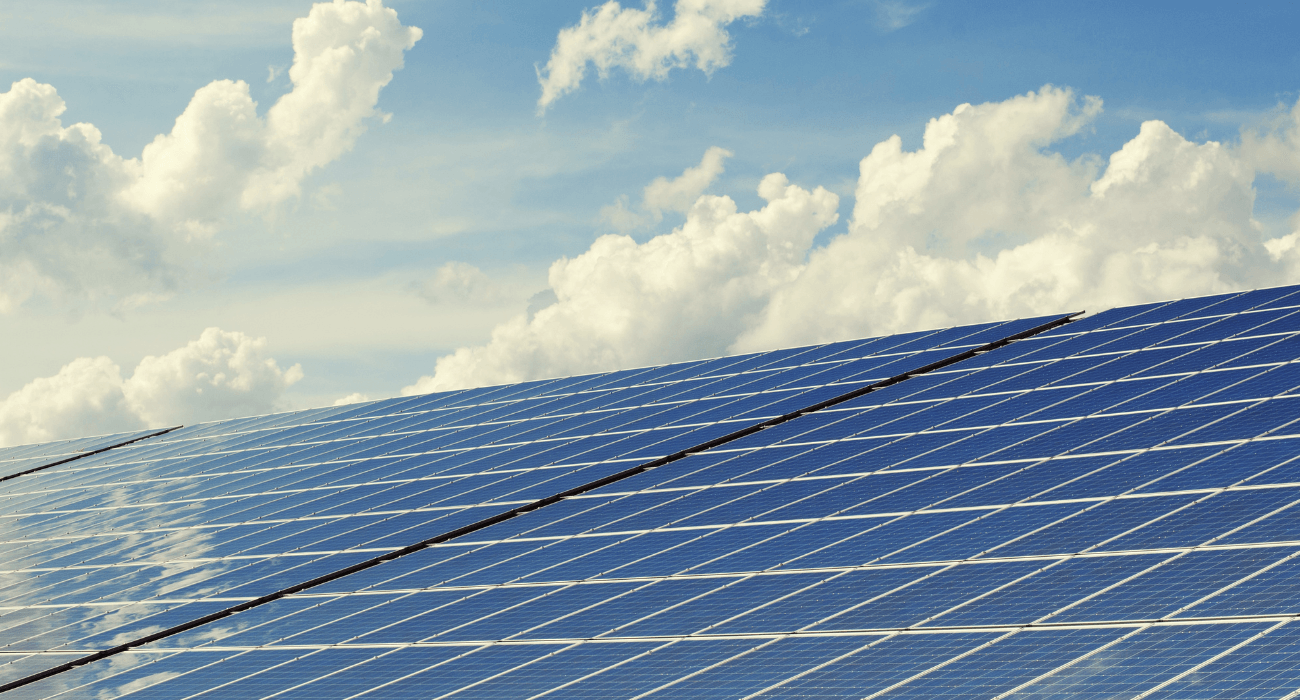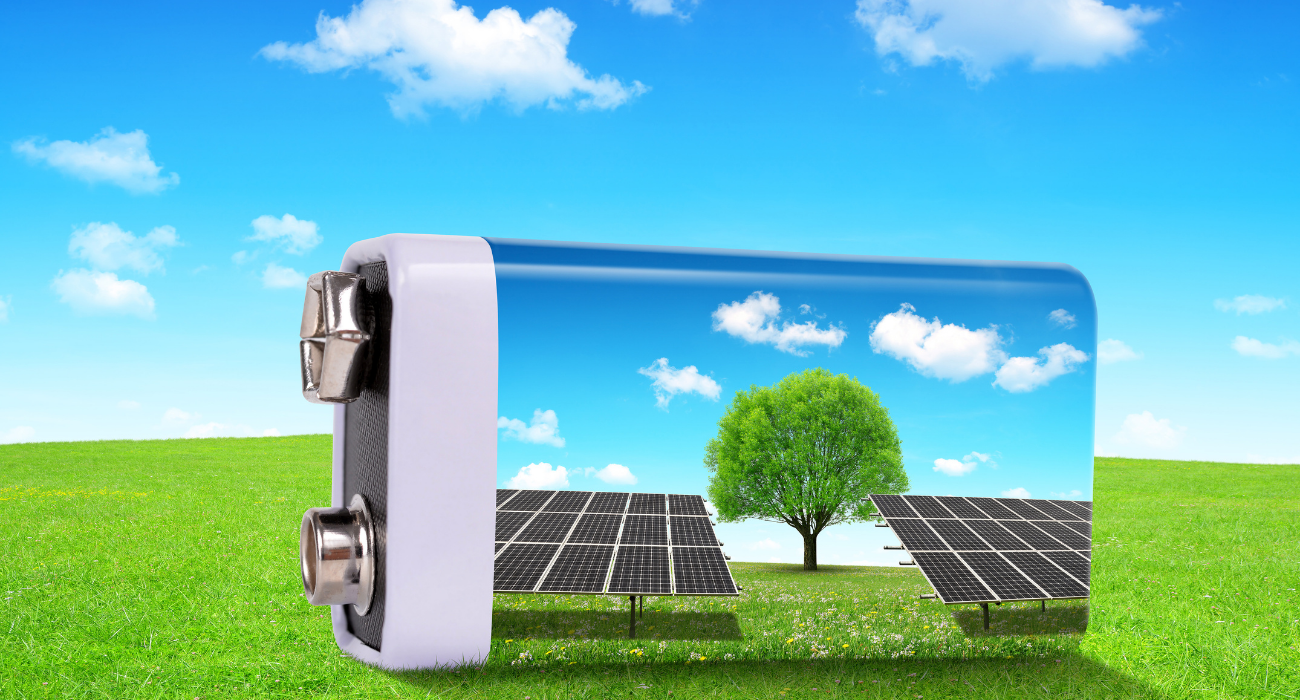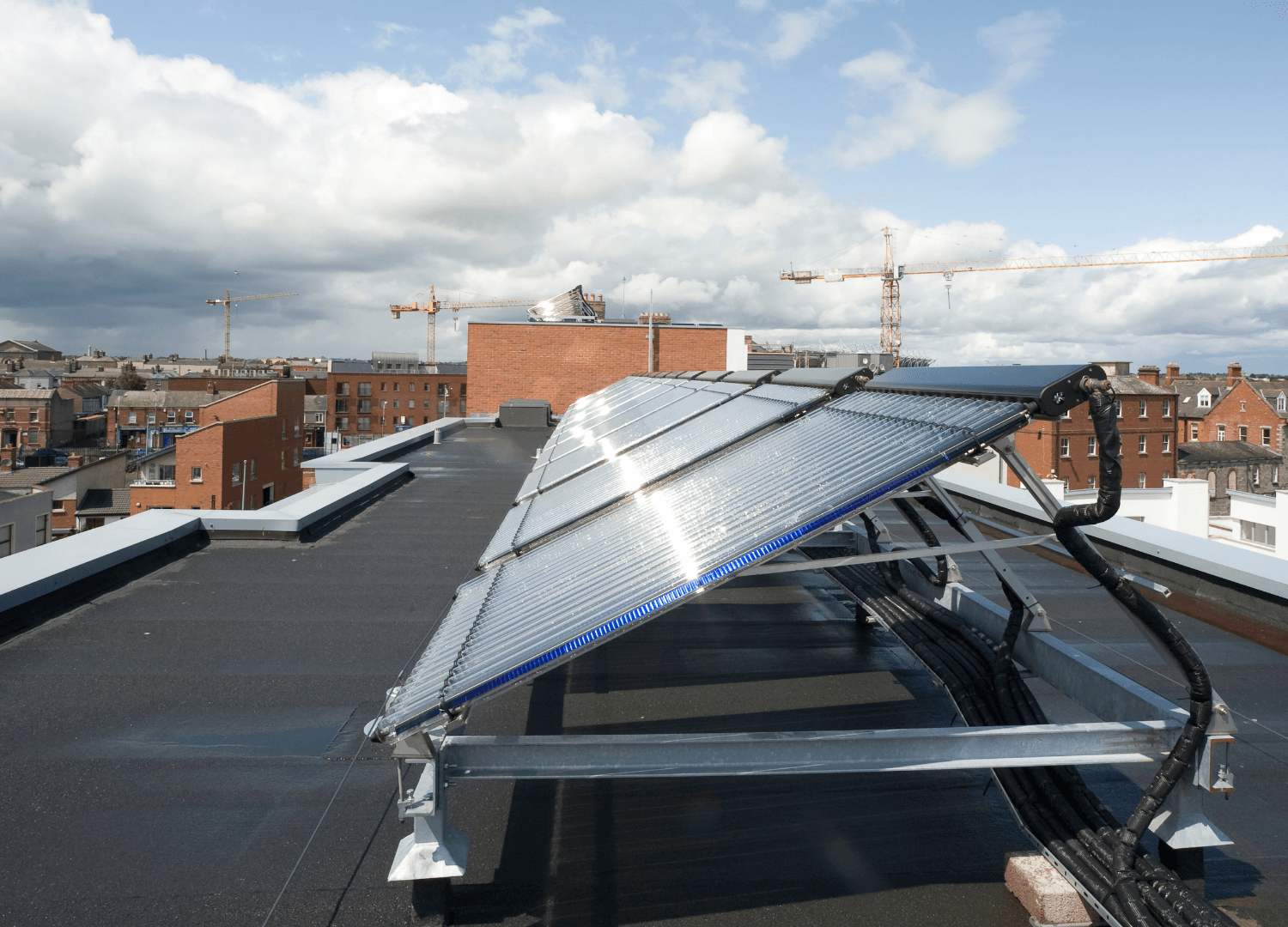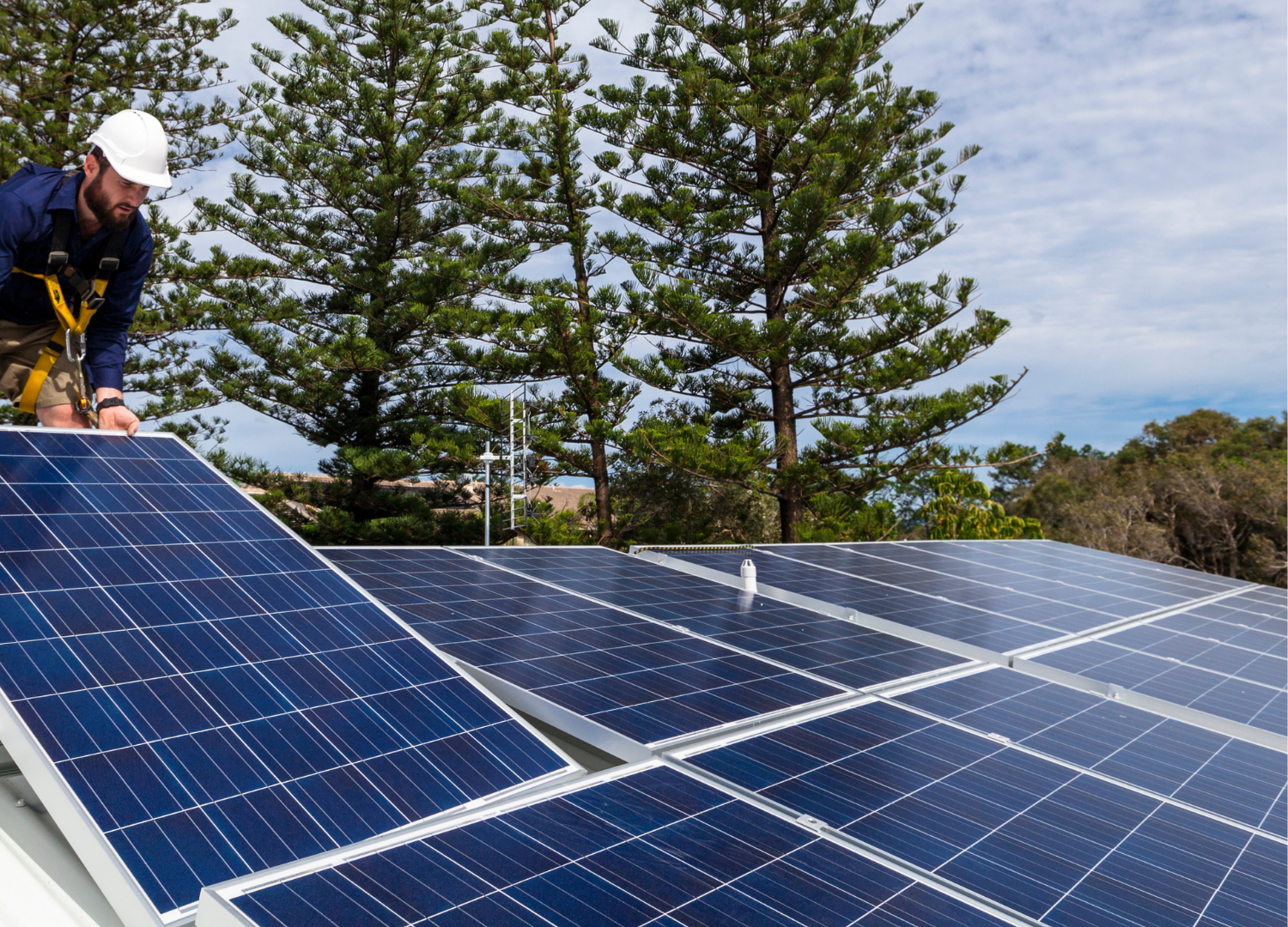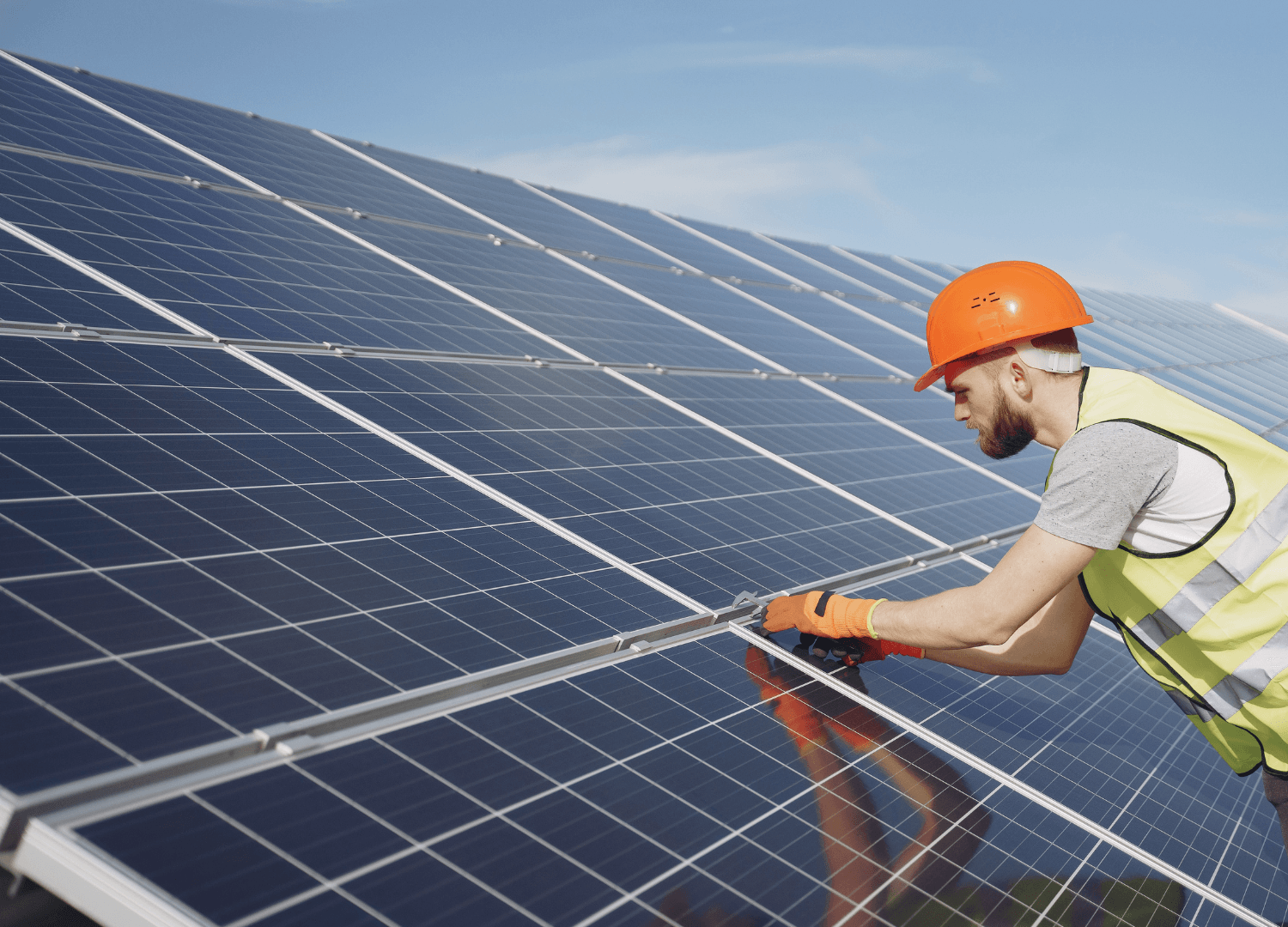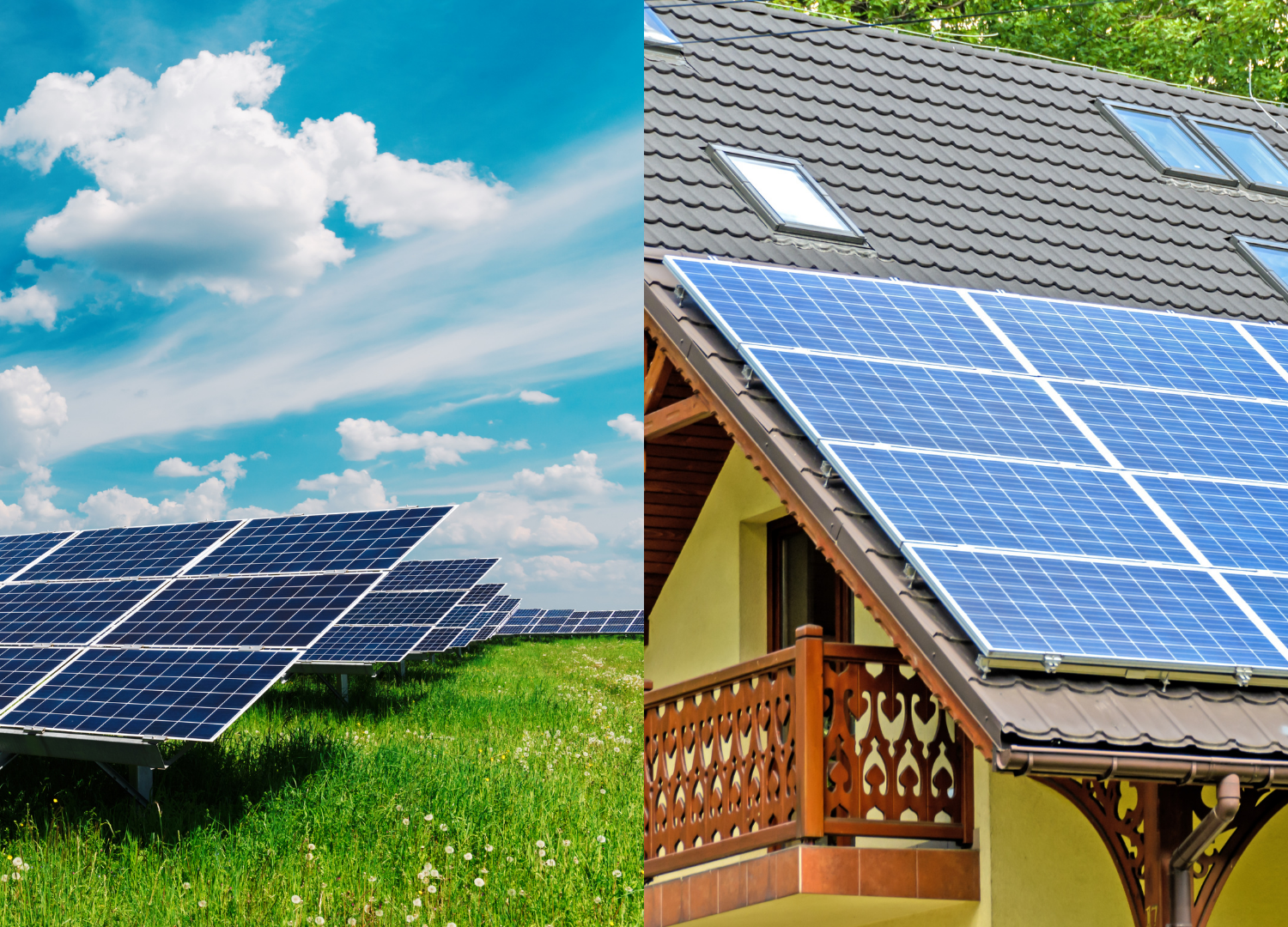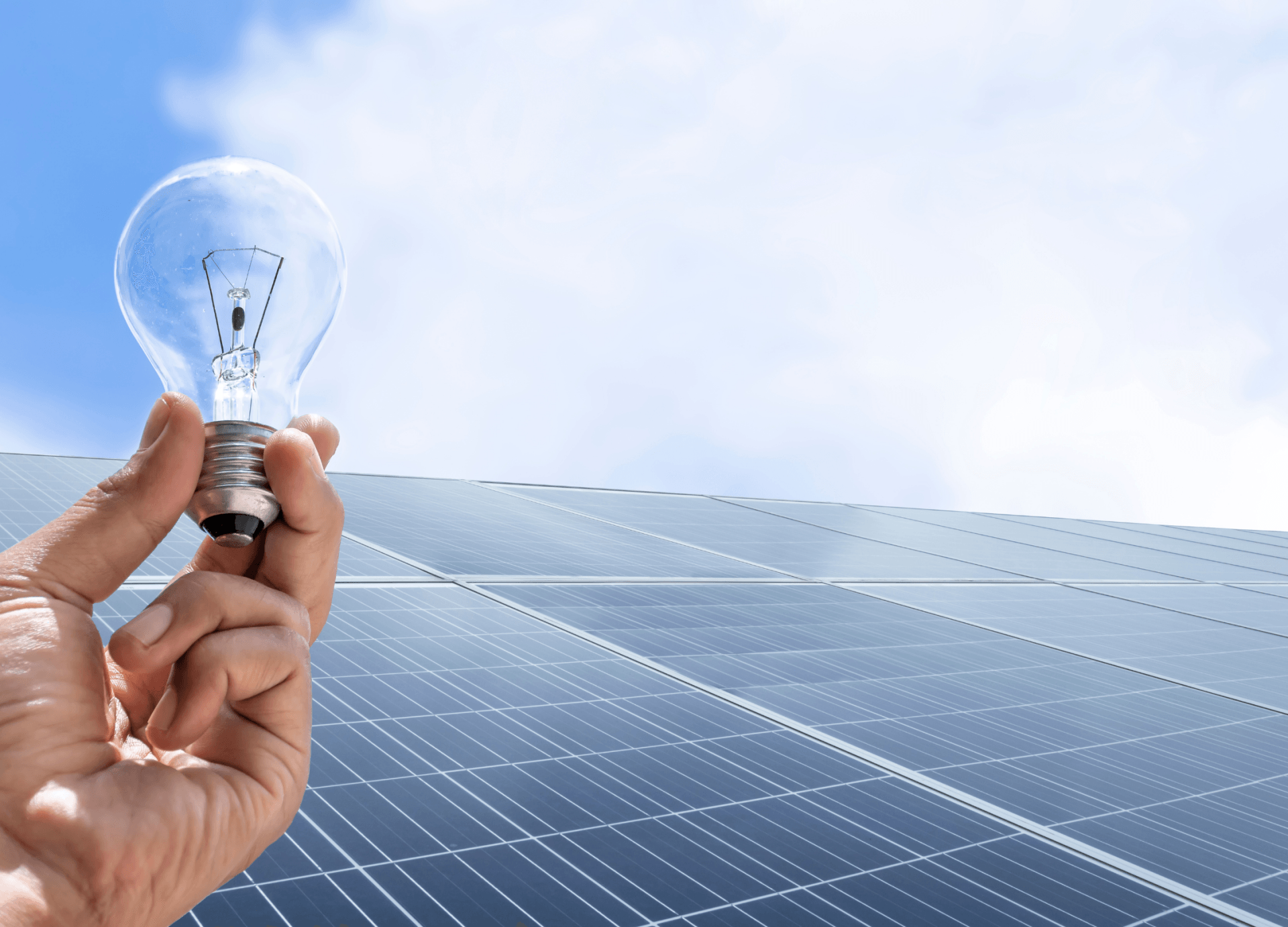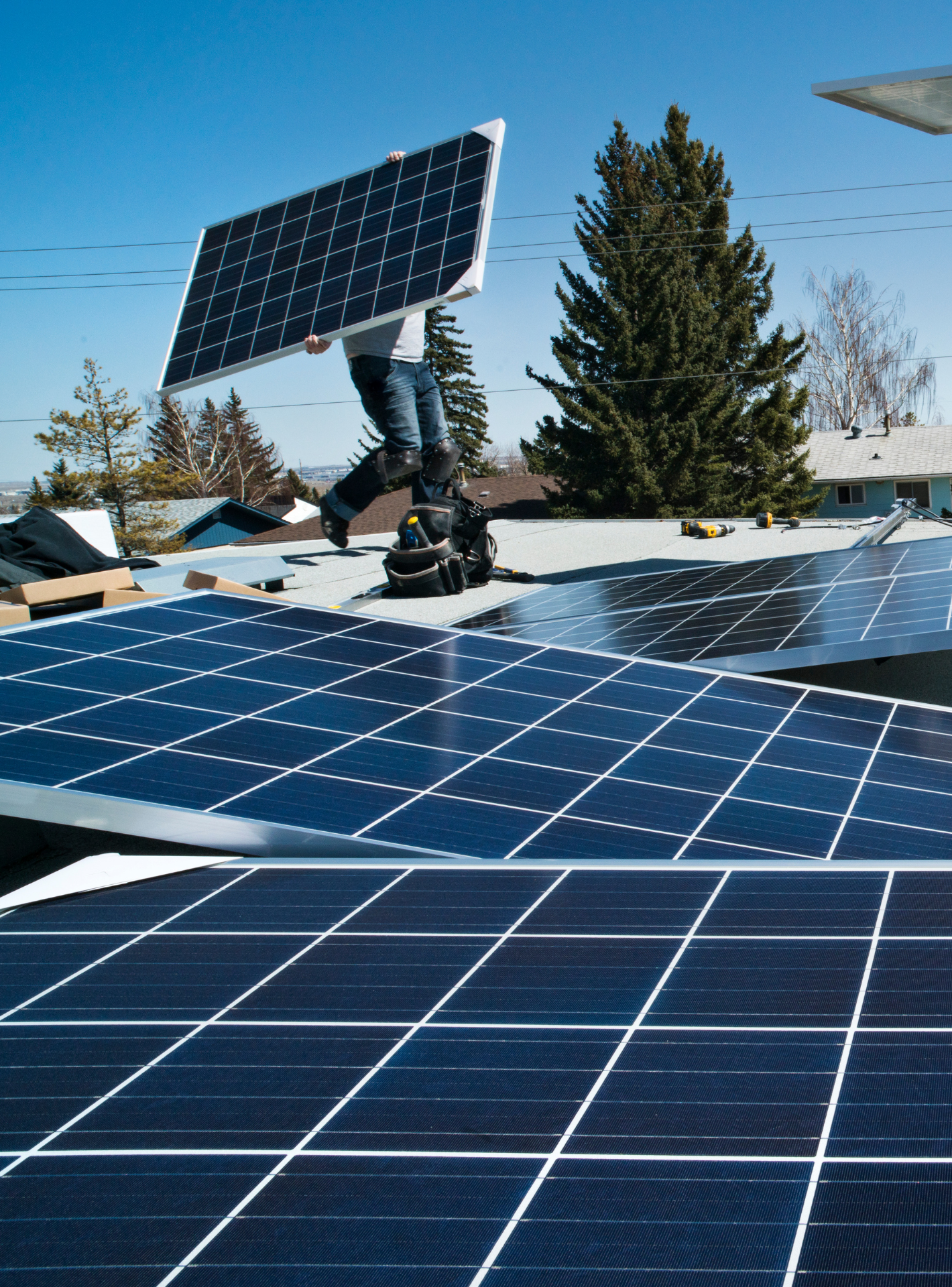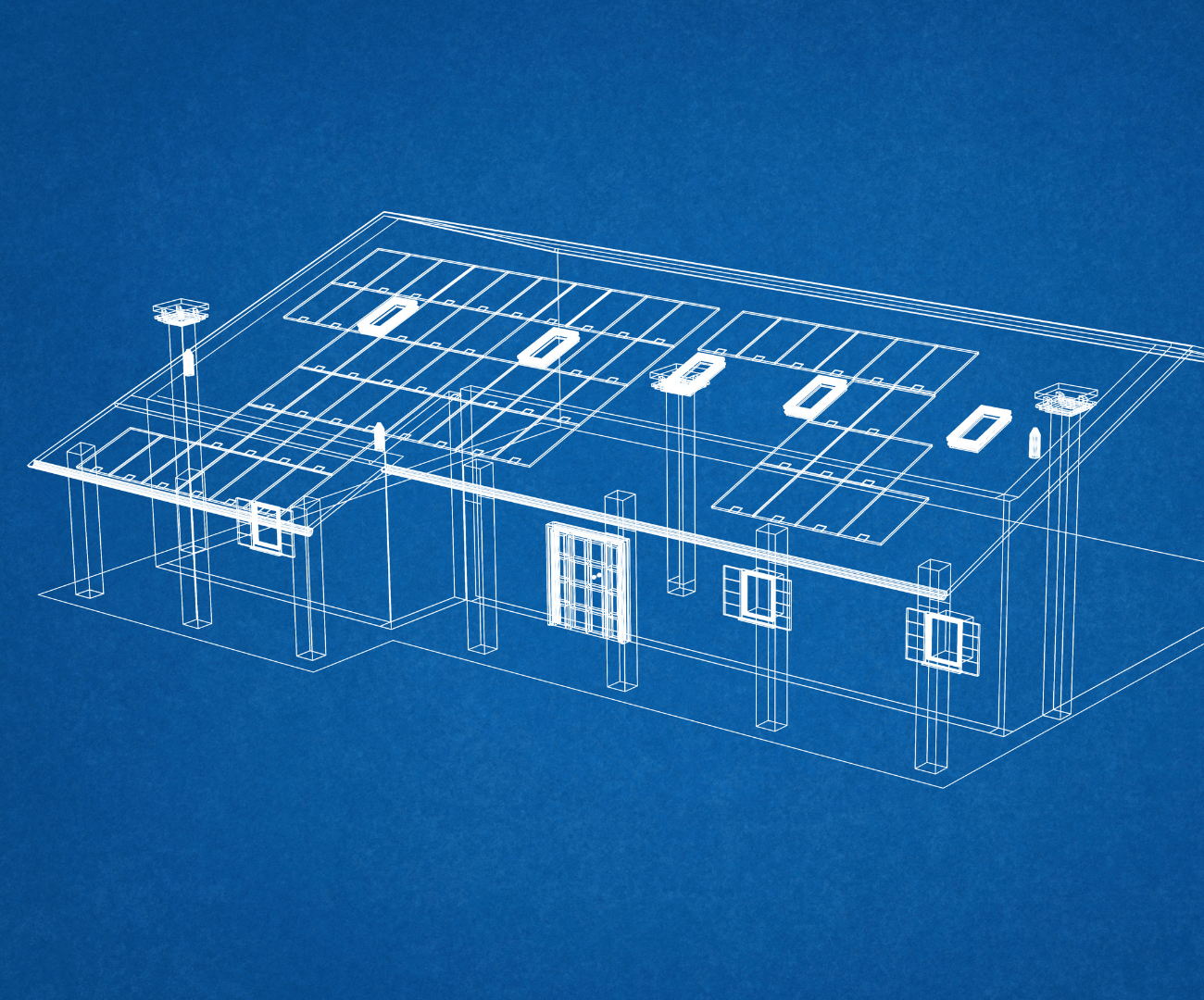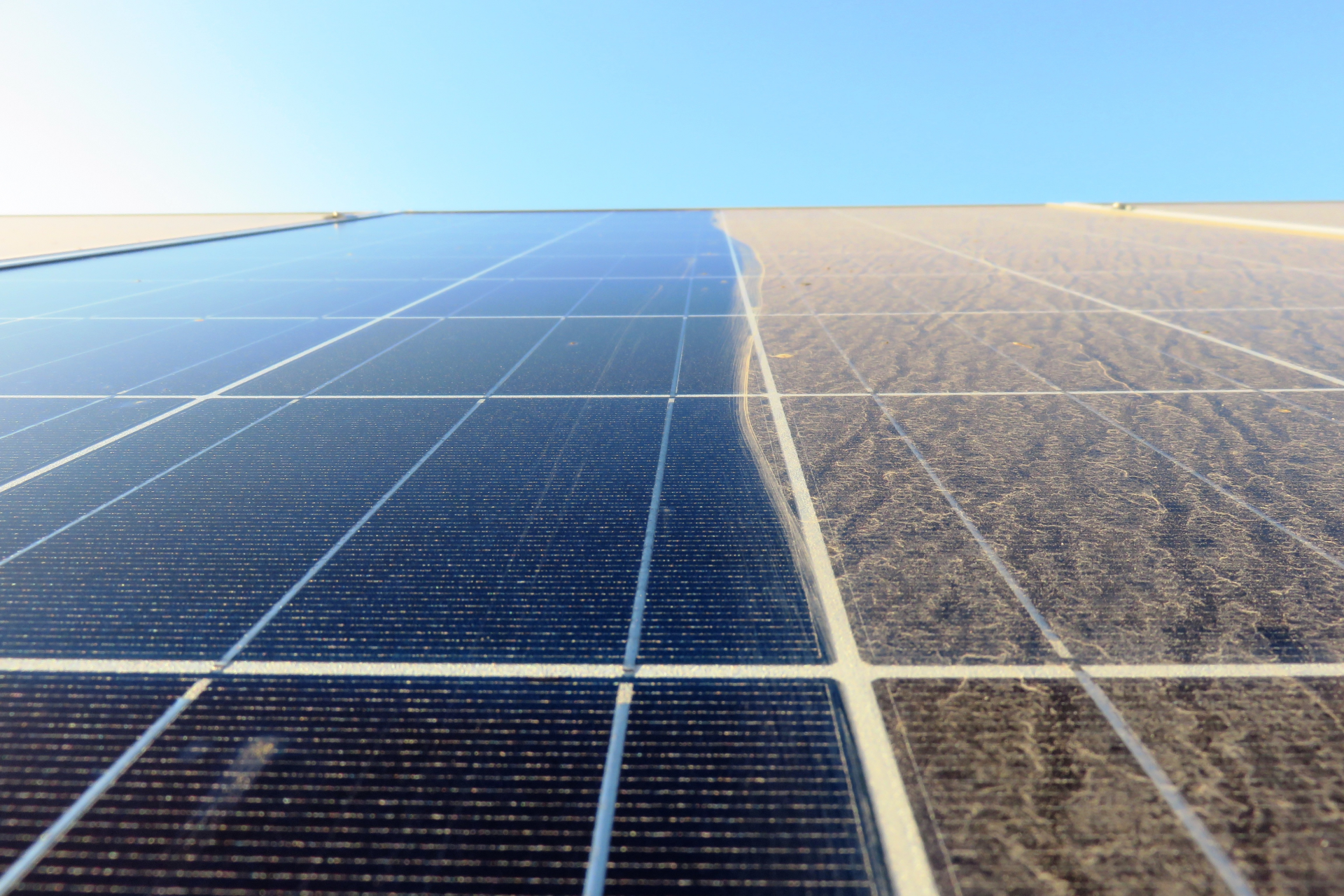How Ice And Snow Can Affect Your Roof
How Ice & Snow Can Affect Your Roof
People trust their roofs to offer protection to them as well as their homes from adverse weather conditions. It is particularly true during the cold winter months when harsh weather can strike at any given time. Winter is usually one of the hardest seasons on a roof, and ice and snow can impact its longevity.
To ensure that your roof is in good shape for a long time to come, it is important to understand how ice and snow are likely to affect the structural integrity of the roof, along with various roofing materials that can better handle wintry weather along with ways to prevent damage.
Impact of Ice and Snow to a Roof
Ice and snow on the roof can be detrimental over the course of just one winter. Older roofs tend to be particularly vulnerable to winter weather, since decades of ice and snow storms can take a toll on their structural integrity. No matter how old your roof is or how it looks from below, you need to know how harsh winter conditions are likely to affect your roof.
Stress
Stationary objects usually experience stress whenever something puts external pressure on them. If you have ever shoveled snow snow and the shovel’s shaft snapped in half, then you probably understand just how stress from ice and snow is likely to affect your roof. The heavy downward force from the accumulation of snow is one of the most common impacts of snow on your roof.
The roof may sag in areas of intense weight, causing a further build-up of water, snow, and ice. This heavy, isolated accumulation may lead to other issues such as leaks. Your roof may even cave-in, but this is in the worst-case scenario.
Ice Dams
Ice dams typically occur when the warm air that seeps from the edges of your roof causes the snow near the gutters to melt. The melted snow then freezes, causing a dam or barrier of ice to form around the roof’s edge. Ice dams can prevent snow and water from leaving the roof, leading to many issues that may cause damage.
If snow and ice are unable to slide off the roof, the ice dam may hold back the excess water and this may eventually lead to leaks. The water may freeze and thaw several times in a row, and this may cause damage to the gutters or cause sections of the gutters to completely disconnect from the roof.
Leaks
People often associate leaks with the summer months when it is rainier, but the reality is that snow is one of the leading causes of roof leaks. Snow not only puts stress on your roof and causes ice dams to form but also can find its way under your shingles before working its way into small cracks in the roof.
The winter leaks can end up worsening damaged roofs, but their effects may reach further. The snow can melt and find its ways into your house when it is sunny the next day. The water may soak walls and ceilings as well as the insulation thus leading to severe water damage and even mold growth.
Freeze and Thaw
People living in areas with cold winters have a good understanding of just how damaging the freeze and thaw cycle usually is. In the northern United States, roads are prone to potholes each year, with water seeping into cracks in the asphalt. The water freezes during winter and then expands thus causing massive holes in the road. The same principle applies to the impacts of ice on your roof.
If there are gaps in your shingles or tiny cracks anywhere on the roof, water can easily find its way inside. As the temperature drops during winter, the water expands as it freezes. The expansion can end up tearing shingles from the roof and turning tiny cracks into larger ones.
How Do Ice and Snow Affect Different Roofing Materials?
The impact of snow on your home’s roof will depend on several factors, such as its material. Here are some common roofing materials and their resistance to winter weather.
Copper
It is a durable roofing material with a life expectancy of 50+ years. It is a strong metal that’s resistant to mold, mildew, as well as other water-related damages. It is also capable of withstanding inclement winter weather such as hailstorms.
Clay Tile
Clay tile roofing has been around for millennia and for good reason. While this type of roofing is mostly associated with the Mediterranean houses typically found in warmer climates, it is actually incredibly durable and capable of holding up well to the bitter cold of winter.
The fact that it traps air beneath its clay tiles means that clay roofing acts as a natural insulator thus helping to keep the warmth of your home inside. This can limit the formation of ice dams as well as damage caused by the freeze thaw cycle.
Slate
Slate roofs are a durable and all-natural roofing choice. Since shingles are pieces of thin rock, slate roofs tend to be better resistant to extreme changes in temperature as well as water damage. They are a natural insulator and keep the cold outside and the warmth inside your house. If properly cared for, they can last up to 100 years.
Wood
Wood roofs are ideal for you if you like variety and sustainability. You can choose from the many different types of wood roofs available, but they all have one thing in common, which is excellent insulation capabilities. They lack a strong resistance to water damage, but are a great energy-efficient option in drier climates.
